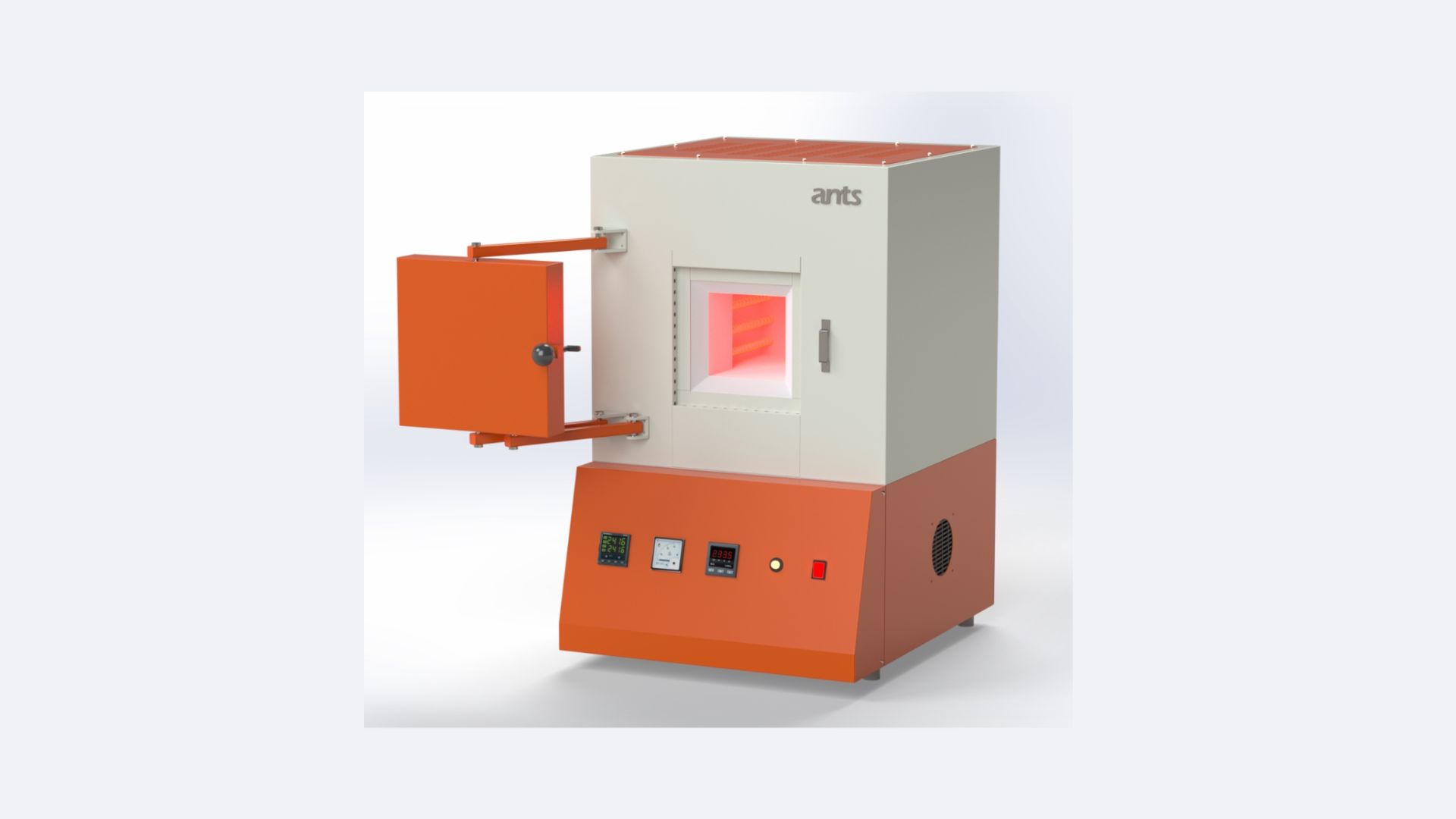A laboratory muffle furnace is an essential piece of equipment widely used in scientific research, materials testing, and industrial processes. Designed to provide precise high-temperature environments, these furnaces are commonly employed for applications such as ashing, sintering, annealing, and heat treatment. Proper usage and maintenance of a muffle furnace not only ensure accurate results but also extend the life of the equipment. This article provides a comprehensive guide on how to use and maintain a laboratory muffle furnace effectively.
What Is a Laboratory Muffle Furnace?
A laboratory muffle furnace is a high-temperature oven capable of reaching temperatures ranging from 300°C to over 1200°C. The furnace’s design includes a heating chamber encased in insulation, ensuring that the high heat generated remains contained while protecting the exterior from excessive heat exposure.
Key features of a muffle furnace include:
- Precise Temperature Control: Equipped with programmable controllers, these furnaces allow accurate temperature settings and monitoring.
- Durable Construction: Made from heat-resistant materials such as ceramic or alumina.
- Versatility: Suitable for a variety of laboratory and industrial applications.
Using a Laboratory Muffle Furnace
To ensure optimal performance and safety, follow these steps for proper usage:
1. Pre-Operational Checks
- Inspect the Furnace: Before use, check the furnace for any visible damage or debris in the chamber.
- Verify Power Supply: Ensure that the furnace is connected to a reliable power source compatible with its voltage requirements.
- Calibrate Temperature Controls: Confirm that the temperature controls are functioning accurately and set to the required parameters.
2. Loading the Furnace
- Prepare Samples: Place the materials or samples to be processed in appropriate crucibles or containers resistant to high temperatures.
- Avoid Overloading: Do not overcrowd the chamber; ensure adequate space for even heat distribution.
- Use Protective Gear: Always wear heat-resistant gloves and safety goggles when handling materials and placing them into the furnace.
3. Setting the Temperature
- Program the Controller: Input the desired temperature and time settings based on the process requirements.
- Allow Preheating: Let the furnace reach the target temperature before inserting samples to ensure consistent heating.
4. Monitoring During Operation
- Check Progress Regularly: Monitor the process through the furnace’s display or viewing ports (if available).
- Avoid Opening the Door: Opening the furnace during operation can cause heat loss and potential damage to the samples.
5. Cooling and Removing Samples
- Turn Off the Furnace: Once the process is complete, switch off the furnace and allow it to cool naturally.
- Remove Samples Safely: Use tongs or appropriate tools to retrieve the materials after cooling.
Maintaining a Laboratory Muffle Furnace
Regular maintenance is vital to ensure the longevity and reliability of your muffle furnace. Here are some essential maintenance practices:
1. Routine Cleaning
- Clean the Chamber: Remove any residue or debris from the chamber after each use. This prevents contamination and ensures efficient heating.
- Inspect Heating Elements: Periodically check the heating elements for wear or damage, replacing them if necessary.
2. Inspecting Insulation
- Check for Cracks: The furnace’s insulation can degrade over time due to repeated heating and cooling cycles. Inspect for cracks or damage and replace as needed.
- Seal Gaps: Ensure all gaps in the insulation are sealed to maintain efficient heat containment.
3. Calibrating the Temperature Controller
- Regular Calibration: Periodically calibrate the furnace’s temperature controller to maintain accuracy. Consult the manufacturer’s guidelines for recommended calibration intervals.
- Use Reference Materials: Test the furnace with known reference materials to verify its performance.
4. Electrical System Maintenance
- Inspect Connections: Check the electrical connections for loose or damaged wires.
- Monitor Power Supply: Ensure a stable and consistent power supply to prevent electrical faults.
5. Preventive Maintenance Schedule
- Follow Manufacturer’s Recommendations: Adhere to the maintenance schedule provided by the furnace’s manufacturer.
- Document Maintenance Activities: Keep a log of maintenance activities for reference and troubleshooting.
Safety Tips for Using a Muffle Furnace
Safety should always be a priority when using high-temperature equipment. Follow these guidelines to prevent accidents:
- Wear Appropriate Safety Gear: Always use heat-resistant gloves, goggles, and lab coats when operating the furnace.
- Avoid Flammable Materials: Keep flammable or volatile materials away from the furnace area.
- Monitor Ventilation: Ensure the furnace is used in a well-ventilated area to avoid exposure to harmful fumes.
- Emergency Shutdown Procedures: Familiarize yourself with the furnace’s emergency shutdown features.
Common Applications of a Laboratory Muffle Furnace
Muffle furnaces are versatile tools used in various fields. Some common applications include:
- Ashing: Determining the ash content of samples by burning off organic material.
- Heat Treatment: Hardening, softening, or altering the properties of metals and alloys.
- Sintering: Compacting and forming materials at high temperatures without melting them.
- Ceramic Testing: Firing and testing ceramic materials in a controlled environment.
- Thermal Decomposition: Analyzing the thermal stability and composition of materials.
Conclusion
The laboratory muffle furnace is a powerful and versatile tool that, when used and maintained properly, can deliver consistent and reliable results for various applications. Regular maintenance, adherence to safety protocols, and proper usage ensure that the furnace operates efficiently and lasts for many years.
